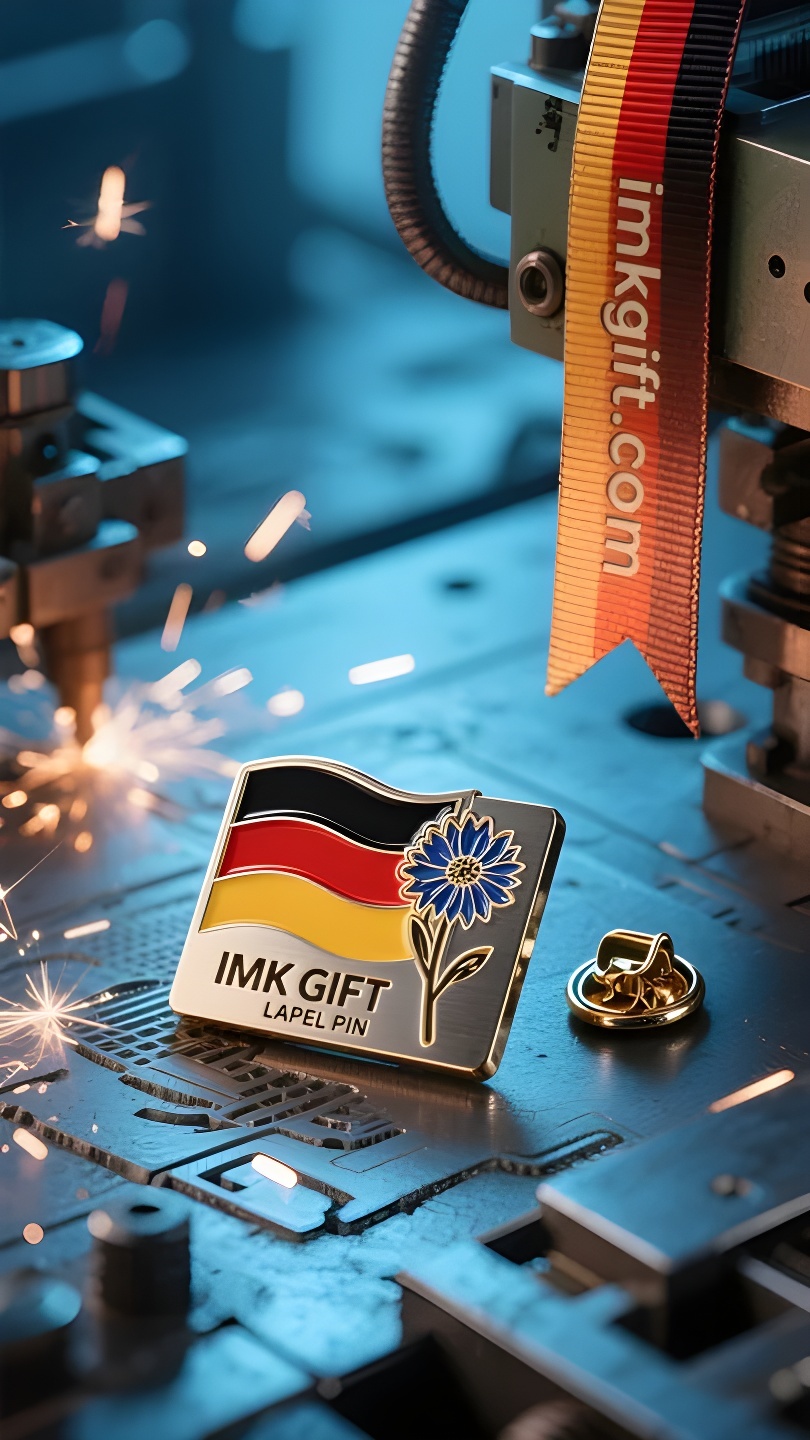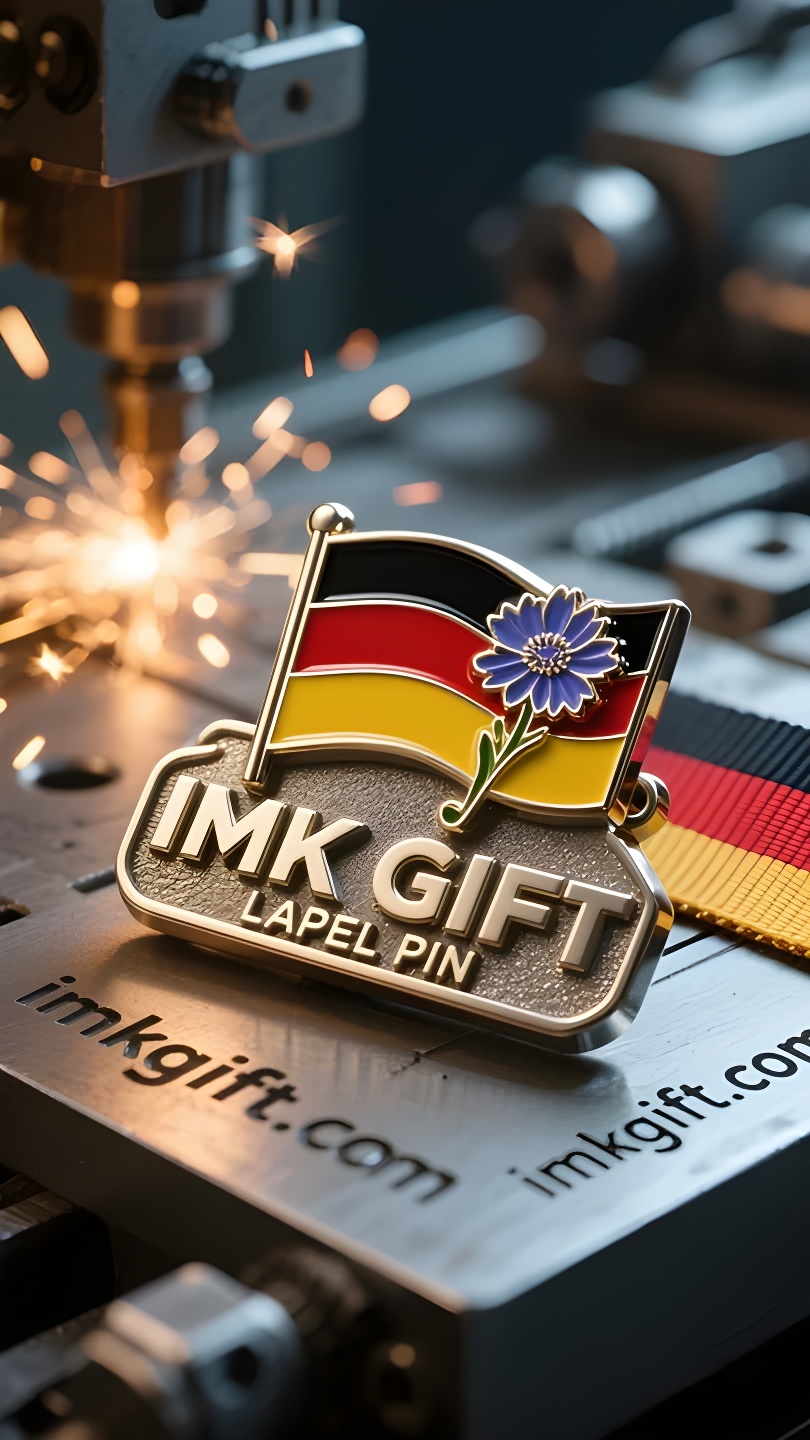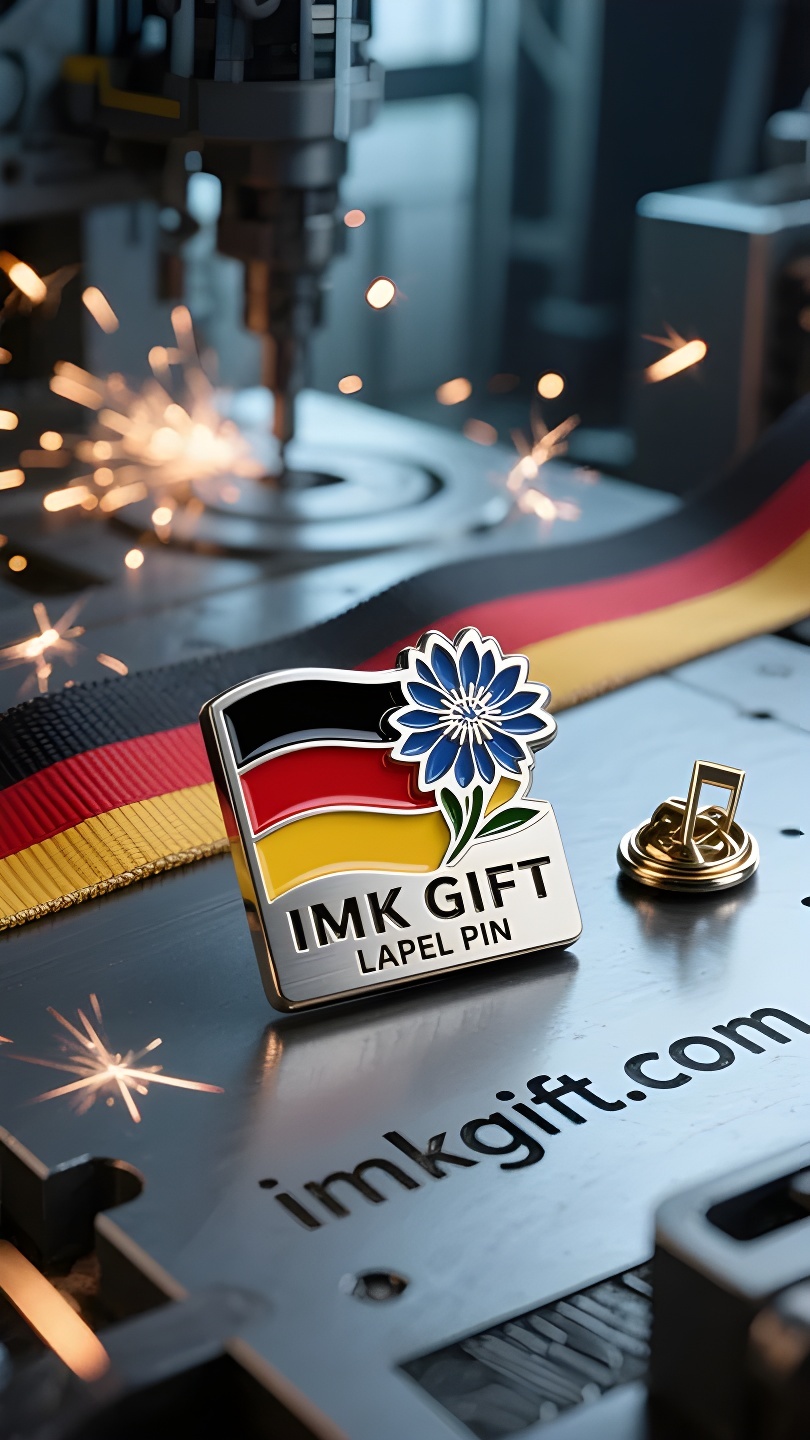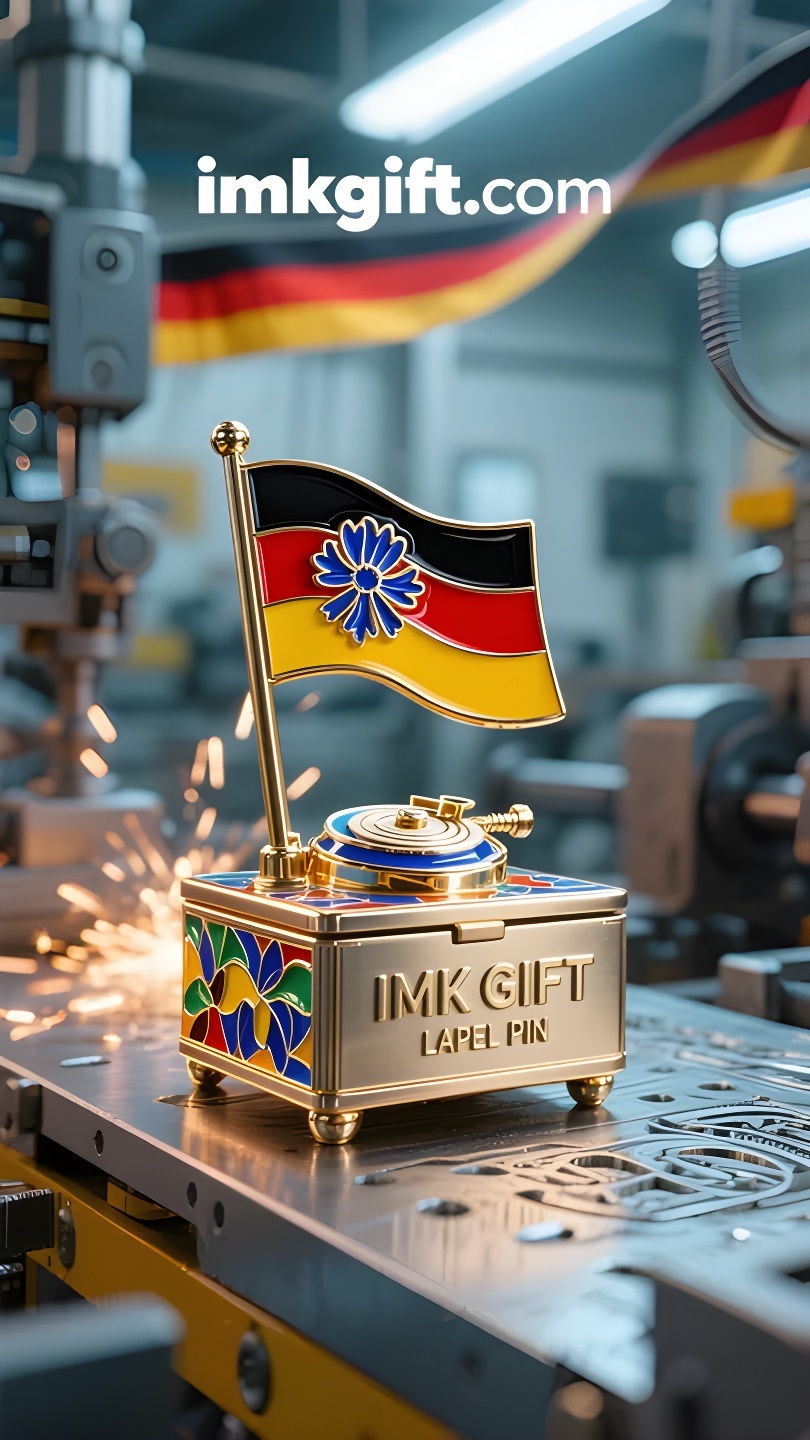in989-Blaue-Echos-in-Schwarz-Rot-und-Gold
▼
Im kühlen Oktober wehen in Berlins kühlen Straßen die schwarz-rot-goldenen Trikolore-Flaggen im Wind und zeugen vom feierlichen Moment des deutschen Einheitstages. In dieser Farbe, die Einheit und Freiheit symbolisiert, blüht stets ein Hauch von Kornblumenblau – diese Pflanze, von Goethe „Blume der Hoffnung“ genannt, dreht sich ewig in anderer Haltung in den überlieferten Spieldosen deutscher Familien. Im 19. Jahrhundert gravierten Handwerker Kornblumenmuster in das Messingwerk der Spieldose, sodass jeder Ton das kollektive Gedächtnis der deutschen Nation trägt: Das Spannen der Spieldosenfeder erinnert an den Willen zum Wiederaufbau in den Ruinen nach dem Krieg; der Rhythmus der Zahnräder erinnert an das Klopfen tausender Hämmer beim Fall der Berliner Mauer. Schon die leiseste Schwingung des Rohrblatts verkündet dem Geist der Kornblume: „Selbst wenn sie in die Erde gedrückt wird, muss sie der Sonne entgegenwachsen.“ Noch heute singen diese seit hundert Jahren im Umlauf befindlichen Spieldosen leise im Fenster. Sie erinnern uns: Die Farbe des Landes mag sich mit der Zeit ändern, doch das zähe Gen, das tief im mechanischen Rhythmus verwurzelt ist, wird nie verblassen. So wie jede Kornblume die Härte des harten Winters erfahren hat, beweist jeder schlagende Ton, dass im scheinbar kalten Metallherzen stets Hoffnung verborgen ist und darauf wartet, vom Schlüssel des Glaubens wieder geweckt zu werden. Als die Dämmerung das Brandenburger Tor rot färbte, tanzte die Melodie der „Ode an die Freude“, die von einem Fensterbrett wehte, mit der Nationalflagge und erzählte die ewige Fabel von Wiedergeburt und Beständigkeit.
On the cool streets of Berlin in October, black, red and gold tricolor flags are unfurled in the wind, witnessing the solemn moment of Germany’s Unification Day. In this color symbolizing unity and freedom, a touch of cornflower blue is always quietly blooming – this plant, called “flower of hope” by Goethe, is eternally spinning in the handed-down music boxes of German families in another posture. In the 19th century, craftsmen engraved cornflower patterns on the brass movement of the music box, so that each beating note carries the collective memory of the German nation: when the music box spring is tightened, it is like the will to rebuild in the ruins after the war; the rhythm of the gears is like the knocking of thousands of hammers when the Berlin Wall fell. Even the slightest vibration of the reed is telling the spirit of cornflowers that “even if it is crushed into the soil, it must grow towards the sun.” Today, these music boxes that have been circulating for a hundred years are still singing softly in the window. They remind us: the color of the country may change with the times, but the tenacious gene deeply rooted in the mechanical rhythm will never fade. Just as every cornflower has experienced the tempering of the harsh winter, every beating note is proving that hope is always hidden in the seemingly cold metal heart, waiting to be awakened again by the key of faith. When the dusk dyed the Brandenburg Gate red, the melody of “Ode to Joy” floating from a window sill was dancing with the national flag, telling the eternal fable about rebirth and persistence.
在十月微凉的柏林街头,一面面黑红金三色旗迎风舒展,见证着德国统一日的庄严时刻。而在这片象征团结与自由的颜色中,一抹矢车菊的蓝始终悄然绽放——这种被歌德称为”希望之花”的植物,正以另一种姿态在德国家庭的传世音乐盒中永恒旋转。
十九世纪工匠将矢车菊纹样镌刻于八音盒黄铜机芯之上,让每个跳动的音符都承载着德意志民族的集体记忆:当音乐盒发条拧紧时,如同战后废墟中咬牙重建的意志;齿轮咬合的节奏,恰似柏林墙倒塌时千万把铁锤的叩击。即便最细微的簧片震颤,也在诉说着”即便被碾入泥土,也要向着阳光生长”的矢车菊精神。
如今,这些流转百年的音乐盒仍在橱窗里轻声吟唱。它们提醒着:国家的颜色或许会随时代更迭,但深植于机械韵律中的坚韧基因永不褪色。正如每朵矢车菊都经历过严冬的淬炼,每个跳动的音符都在证明——希望,永远藏在看似冰冷的金属心脏里,等待被信念的钥匙再次唤醒。
当暮色染红勃兰登堡门,某个窗台飘出的《欢乐颂》旋律正与国旗共舞,讲述着关于重生与坚持的永恒寓言。
▼
Contact Us
📞 Tel: +0086-760-85286839
📧 Email: sales3@imkgift.com








